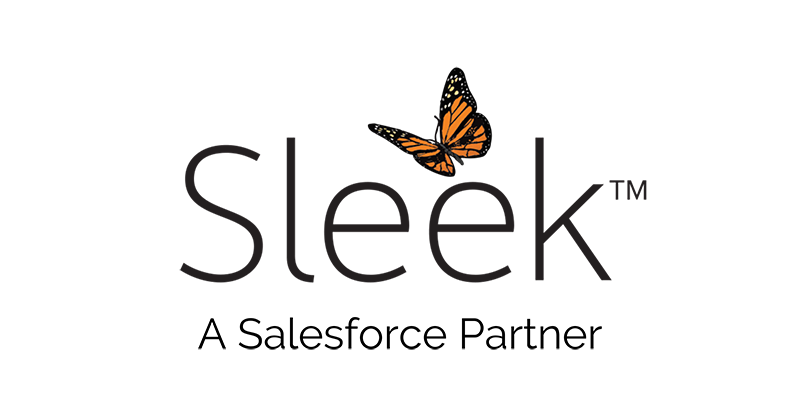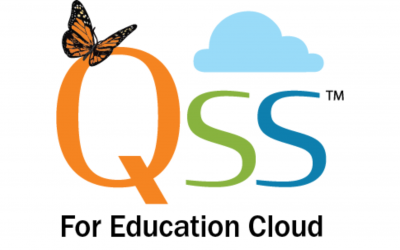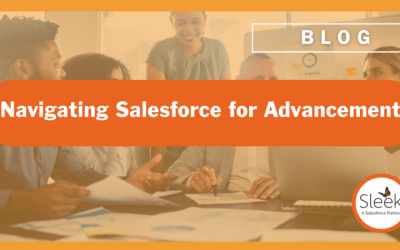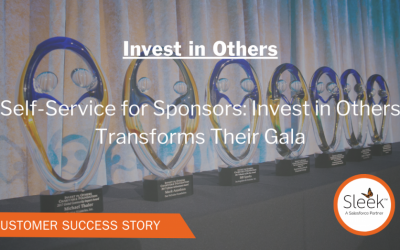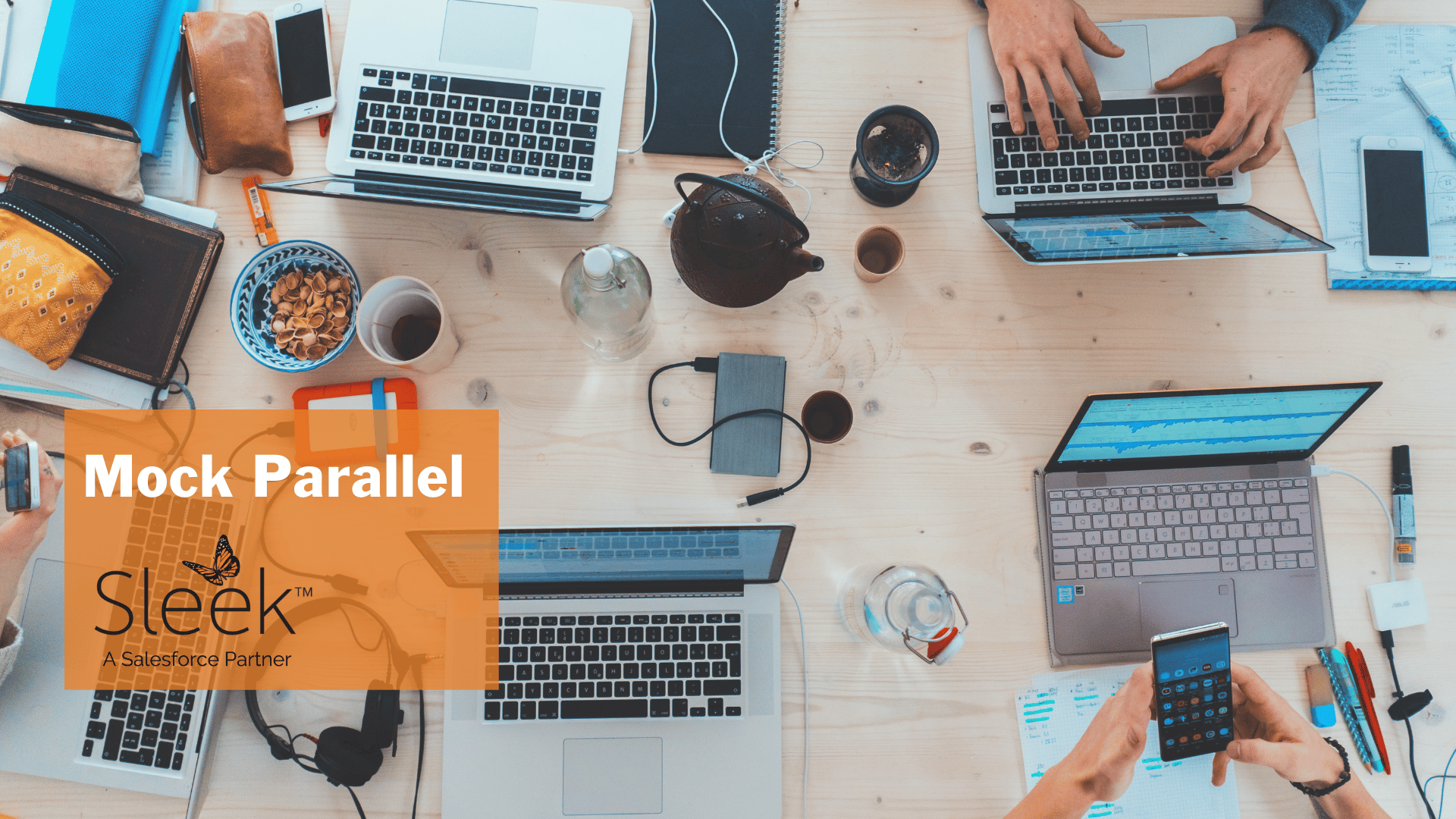
How Mock Parallel Provides You the Confidence to Move Forward with an Implementation
What is mock parallel?
For most organizations, a database transition is a big commitment. If your new system isn’t ready on the official go-live date, the financial and opportunity cost of being unprepared can be huge, especially since it’s common to lose access to your legacy tools. You might have multiple teams with different roles all depending on the new system to serve their needs. The stakes are high.
If you want to make sure your system implementation goes smoothly, consider planning a mock parallel session.
Mock parallel: An exercise and testing method in which you walk through a familiar business process on a new system. Mock parallel should be done in a sandbox or testing environment and is most effective when an expert on the new system is available for coaching and feedback.
The term “mock parallel” refers to the fact that during an implementation, you should be running both your new and old systems “in parallel.” Your legacy system is probably still live and considered your organization’s source of truth, but it is critical to make sure that you can do everything you need to in your new system by running them in parallel. “Mock” is important because if you determine things aren’t working properly or you need additional configurations, you still have time before your go-live date to make changes. You don’t want to be finding problems after go live!
When and how should mock parallel take place?
Mock parallel is most effective after training on the new system, but before go-live, with enough time to address any configuration ideas or additional training needs that come out of the exercise. You should commit at least a few hours to work through common business processes in your new environment. For some of your more seasoned team members, routine tasks that are second nature on your legacy database will take some getting used to in your new system. Decades of managing system implementations have taught us that you can’t think of everything. It’s the actual doing of these daily tasks that reminds us that we need a batch date on our payment records, or that we don’t actually know how to link a person to their place of employment.
Here’s how our superstar Business Analyst Joan Rees describes mock parallel workshops, which have become part of every implementation project at Sleek:
Our clients often don’t know what to expect going into mock parallel, but I usually start simple. “You’ve got a new constituent that you need to add into Salesforce, how do you do that?” You’ve got to build up their comfort level on the new system. Then we gradually get more complex. We use real-life examples. In gift processing, they have a batch that they’re going to process in their current system. We take that same batch and process it in Salesforce. Then we imagine out-of-the-ordinary situations and try to handle them in Salesforce. They end mock parallel with some experience to refer to and, most importantly, confidence!
While it is important to practice those rare, complex situations (for example, entering a gift of five different lots of stock), it’s difficult to imagine everything you’ll encounter. If you’re short on time, focus your mock parallel on those core business processes. The time you invest building confidence in daily operations will help your team work more efficiently in those critical few weeks after go-live. Additionally, for QSS implementations, the Sleek team has created a list of common business processes in mock parallel so you will have a handy checklist to jog your memory.
Out with the old, in with the new
Don’t think of mock parallel as simply a check to make sure you’re good to go on your new platform. It’s an exercise that can result in enhancements!
-Amanda Viehman, VP of Operations at Sleek
When Sleek implements QSS for Salesforce, mock parallel takes place during workshops with our Salesforce-certified experts in the room. In the training leading up to that moment, the business analyst has done a lot of teaching by showing. During mock parallel, they take a step back and coach the client team as they start creating and manipulating records themselves. This is a great opportunity to spot areas where processes can be enhanced through automation and other customization, especially on a platform as flexible as Salesforce. Do gifts in-kind get put in a separate batch? Let’s set up a specialized gift entry template. Do all donations associated with this campaign go to the same fund? Let’s automate that!
Mock parallel in QSS
When we deliver QSS, decades of experience implementing fundraising, engagement, stewardship, and membership technology inform our process. Mock parallel is a standard part of our training plan because it works. A database implementation isn’t just about converting data, recreating the reports you’re used to, and creating new fields. In many cases, the success of a system transition depends on the preparedness of end users. Mock parallel is a central part of how we achieve that and make sure you’re empowered and confident on go-live day!
Interested in learning more about QSS, the most efficient and effective way to get your organization on Salesforce? Check out our brochure or reach out to us for a demo!
Search
Similar Posts
On Demand: QSS™ for Education Cloud Showcase/Webinar Recordings
On Demand: QSS™ for Education Cloud Showcase Recordings We hope you're as excited as we are...
Navigating Salesforce for Advancement
You hear us talk a lot about Salesforce. If you're unfamiliar, you might get confused hearing us...
Self-Service for Sponsors: Invest in Others Transforms Their Gala
Every year, Invest in Others (IiO), a nonprofit that works to amplify the charitable work of the...
Ready to get started?
Connect With Us.
©2019 Sleek Consulting LLC. All rights reserved.
